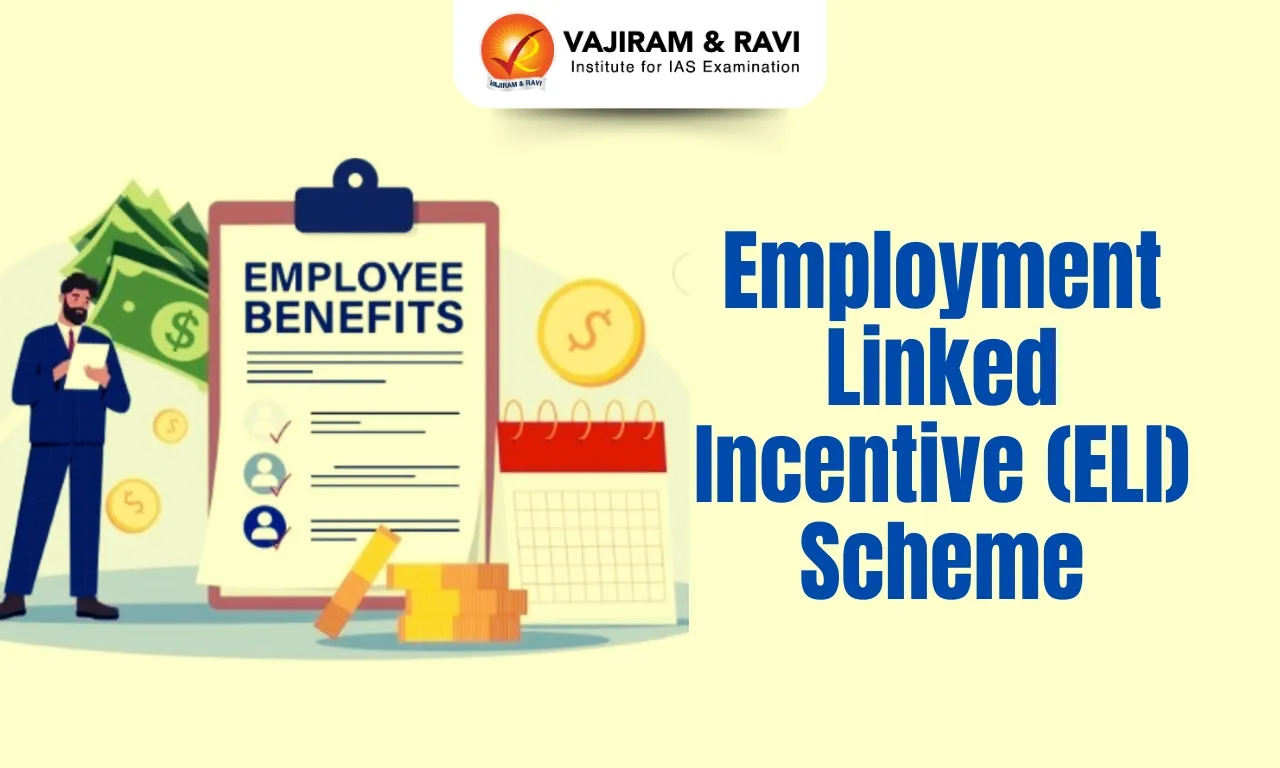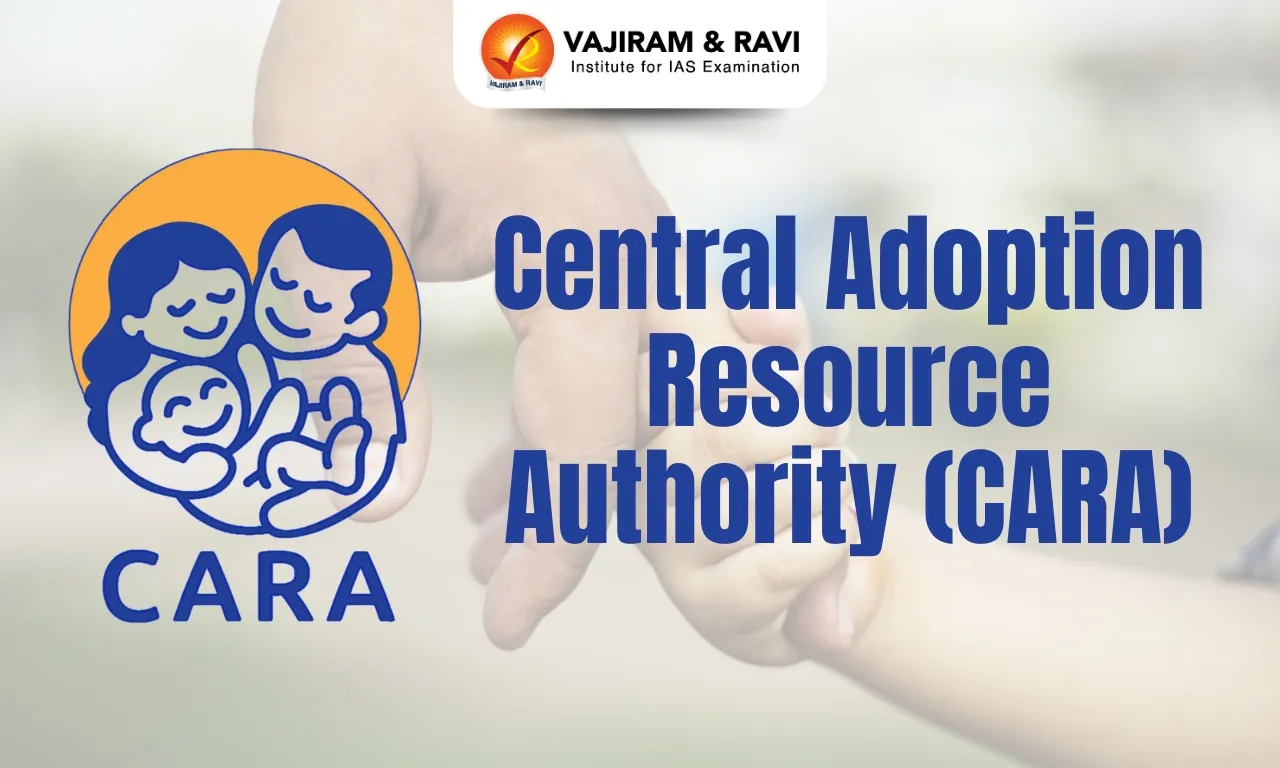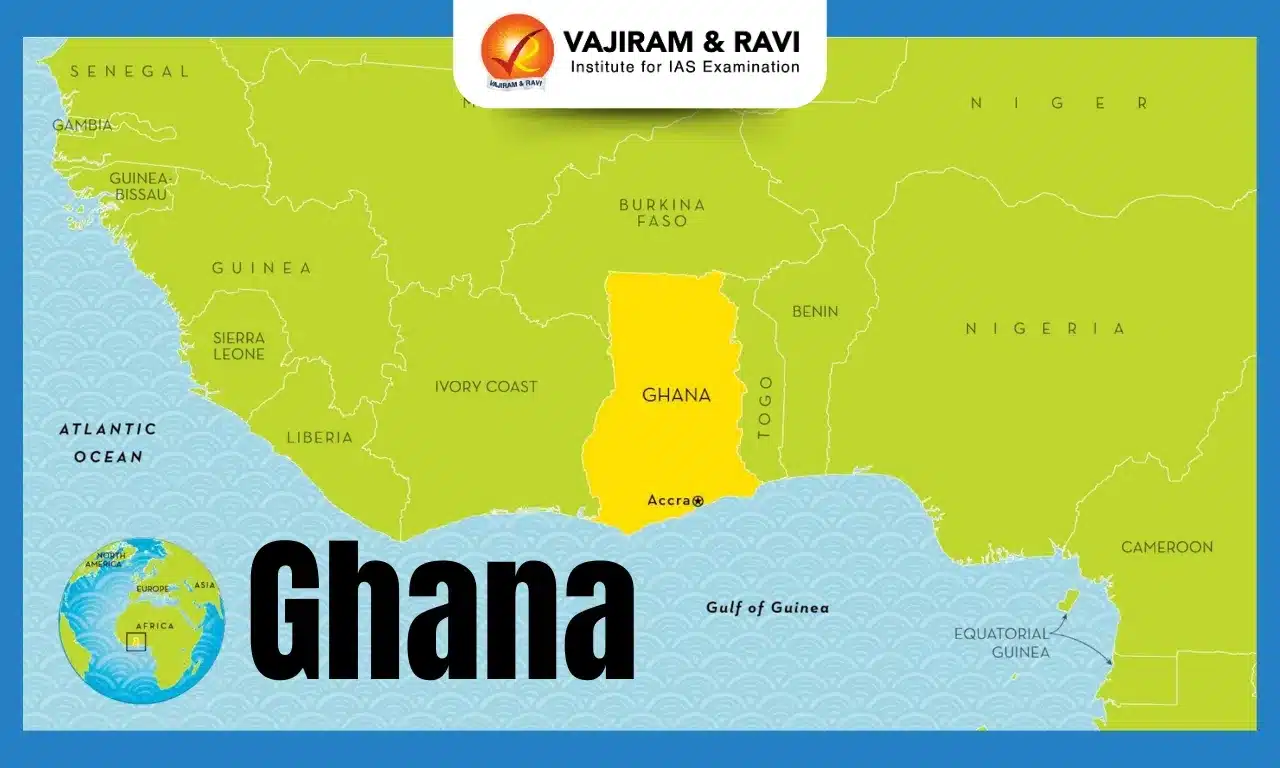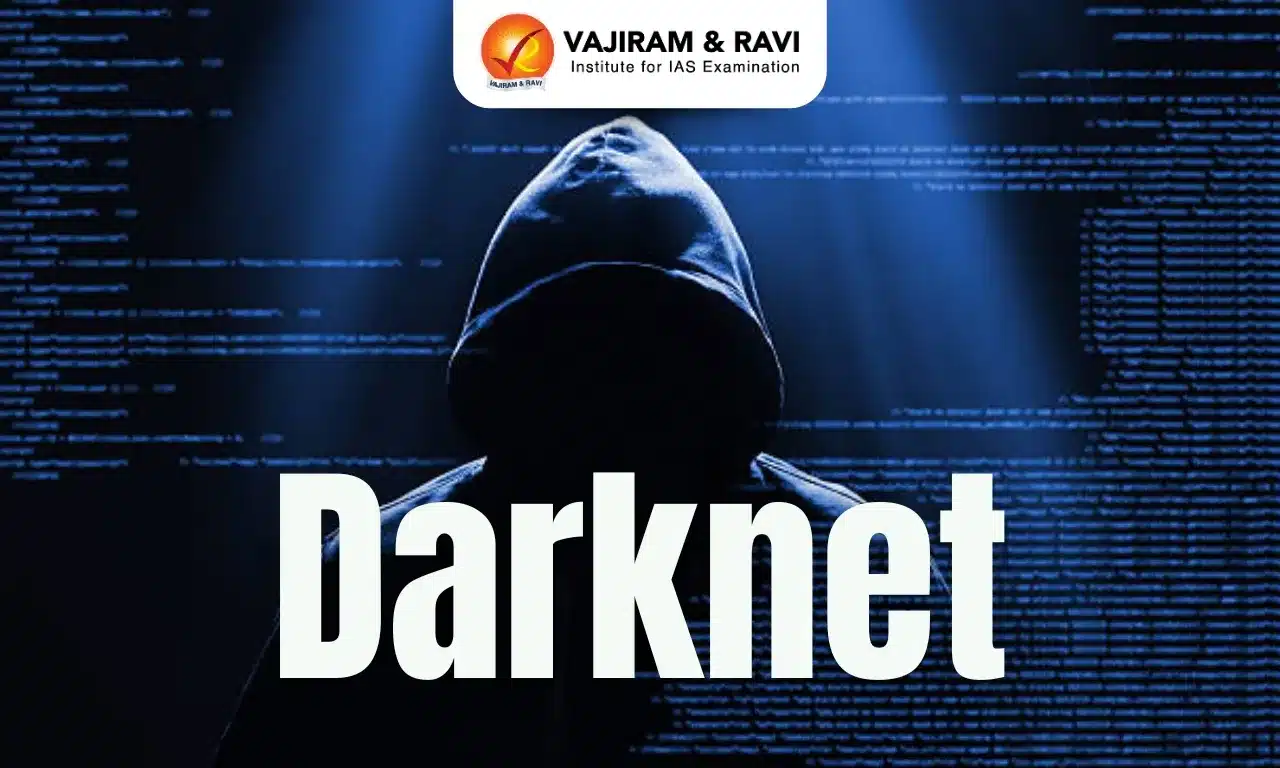Employment Linked Incentive (ELI) Scheme Latest News
Recently, the Union Cabinet chaired by the Prime Minister of India has approved the Employment Linked Incentive (ELI) Scheme.
About Employment Linked Incentive (ELI) Scheme
- It will support employment generation, enhance employability and social security across all sectors, with special focus on the manufacturing sector.
- The ELI Scheme was announced in the Union Budget 2024-25 as part of PM’s package of five schemes to facilitate employment, skilling and other opportunities for 4.1 Crore youth with a total budget outlay of Rs 2 Lakh Crore.
- It aims to incentivize the creation of more than 3.5 Crore jobs in the country, over a period of 2 years. Out of these, 1.92 Crore beneficiaries will be first timers, entering the workforce.
- Under the Scheme, while the first-time employees will get one month’s wage (up to Rs 15,000/-), the employers will be given incentives for a period to two years for generating additional employment, with extended benefits for another two years for the manufacturing sector.
- The benefits of the Scheme would be applicable to jobs created between 01st August 2025 and 31st July, 2027.
- The Scheme consists of two parts with Par A focused on first timers and Part B focused on employers:
- Part A: Incentive to First Time Employees
- Targeting first-time employees registered with EPFO, this Part will offer one-month EPF wage up to Rs 15,000 in two installments. Employees with salaries up to Rs 1 lakh will be eligible.
- Part B: Support to Employers
- This part will cover the generation of additional employment in all sectors, with a special focus on the manufacturing sector.
- The employers will get incentives in respect of employees with salaries up to Rs 1 lakh.
- The Government will incentivize employers, up to Rs 3000 per month, for two years, for each additional employee with sustained employment for at least six months.
- For the manufacturing sector, incentives will be extended to the 3rd and 4th years as well.
- All payments to the First Time Employees under Part A of the Scheme will be made through DBT (Direct Benefit Transfer) mode using Aadhar Bridge Payment System (ABPS).
- Payments to the Employers under Part B will be made directly into their PAN-linked Accounts.
Source: PIB
Employment Linked Incentive (ELI) Scheme FAQs
Q1: What is the key purpose of the employment LinkedIn incentive scheme?
Ans: The Employee Linked Incentive (ELI) scheme introduced in the Union Budget 2024, is a government initiative designed to boost employment by providing financial incentives to employees entering the formal sector and employers that generate new jobs.
Q2: What is Employees Provident Fund Organisation (EPFO)?
Ans: It is a statutory body under the Employees’ Provident Funds and Miscellaneous Act, 1952. It is under the administrative control of the Union Ministry of Labor and Employment.









